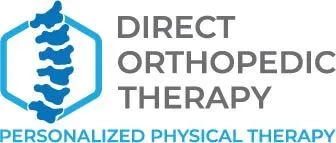Every athlete knows the risks that come with high-impact or repetitive sports activities. From sprains to fractures, sports injuries can sideline even the most seasoned athletes. However, recovery doesn’t have to mean months of inactivity or discomfort. With proper care, including physical therapy, healing can be efficient, effective, and empowering. At Direct Orthopedic Therapy, we specialize in creating personalized recovery plans that help athletes regain their strength, mobility, and confidence.
Understanding Common Sports Injuries
Sports injuries are often the result of overuse, improper technique, or sudden trauma. While anyone can experience these injuries, athletes in contact sports, running, or weightlifting are at higher risk. Here are some of the most common types:
1. Sprains and Strains – Sprains involve ligament damage, often occurring in the ankles, knees, or wrists. While strains affect muscles or tendons, commonly in the hamstrings and lower back.
2. Tendonitis – Overuse can inflame tendons, leading to conditions like tennis elbow or Achilles tendonitis.
3. Fractures – High-impact collisions or falls may cause broken bones, often in the arms, legs, or collarbone.
4. Dislocations – Joints, especially shoulders, can be forced out of place during physical activity.
5. Concussions – Often associated with contact sports, concussions are traumatic brain injuries requiring immediate care.
Understanding the type of injury is critical in determining the most effective recovery approach.
The Role of Physical Therapy in Sports Injury Recovery
Physical therapy is a cornerstone of sports injury rehabilitation. Its primary goals are to alleviate pain, restore function, and prevent future injuries. Here’s how physical therapy achieves this:
Pain Management
– Techniques such as manual therapy, ultrasound, and electrical stimulation help reduce pain and inflammation.
Restoring Range of Motion
– Injuries often limit flexibility and movement. Targeted stretches and mobilization exercises rebuild mobility.
Strengthening Weak Areas
– Specific exercises strengthen injured or at-risk muscles, tendons, and ligaments to prevent recurrence.
Promoting Blood Flow
– Therapies like massage and active recovery stimulate circulation, accelerating healing.
Personalized Recovery Plans
– Each athlete’s body and injury are unique. Customized plans ensure targeted and efficient recovery.
How Physical Therapy Speeds Up Healing
Physical therapy offers a proactive approach to recovery, often reducing the need for invasive procedures or prolonged rest. Here are some key ways it accelerates healing:
1. Improved Tissue Repair: Techniques like stretching and controlled exercise stimulate tissue regeneration.
2. Reducing Scar Tissue Formation: Therapy helps break down excessive scar tissue that could limit movement.
3. Reeducating Muscle Memor: After an injury, muscles may develop compensatory patterns. Physical therapy retrains them for proper function.
4. Prevention of Secondary Injuries: By strengthening surrounding areas, therapy reduces the risk of compensatory injuries.
5. Mental Confidence: Rehabilitative exercises build trust in your body, alleviating fears of reinjury.
The Phases of Physical Therapy for Sports Injuries
Recovery through physical therapy typically follows these phases:
Acute Phase
-
- Focuses on reducing pain and swelling. Modalities like ice, compression, and elevation are common.
Rehabilitation Phase
-
- Gradual reintroduction of movement, strengthening, and endurance exercises.
Functional Phase
-
- Sports-specific exercises prepare athletes for their return to play.
Maintenance Phase
-
- Ongoing strength and flexibility training prevent future injuries.
Each phase is tailored to the athlete’s injury severity, sport, and goals.
Preventing Sports Injuries: Tips for Athletes
While injuries are sometimes unavoidable, athletes can minimize risks with these strategies:
- Warm-Up and Cool Down – Dynamic stretches before activities and static stretches afterward keep muscles pliable.
- Proper Technique – Learning the correct form for exercises or movements reduces strain on joints and muscles.
- Cross-Training – Mixing activities prevents overuse injuries by working different muscle groups.
- Adequate Rest – Recovery periods allow muscles to repair and grow stronger.
- Listening to Your Body – Ignoring pain can worsen injuries. Seek professional help early.
How Direct Orthopedic Therapy Can Help
At Direct Orthopedic Therapy, we understand the physical and emotional toll sports injuries can take. Our expert team provides evidence-based physical therapy tailored to your needs. From advanced diagnostics to innovative treatment techniques, we’re committed to helping athletes of all levels recover faster and stronger.
Whether you’re dealing with a sprain, tendonitis, or post-surgery recovery, our therapists guide you every step of the way. With state-of-the-art equipment, compassionate care, and a results-driven approach, Direct Orthopedic Therapy ensures your road to recovery is smooth and effective.



